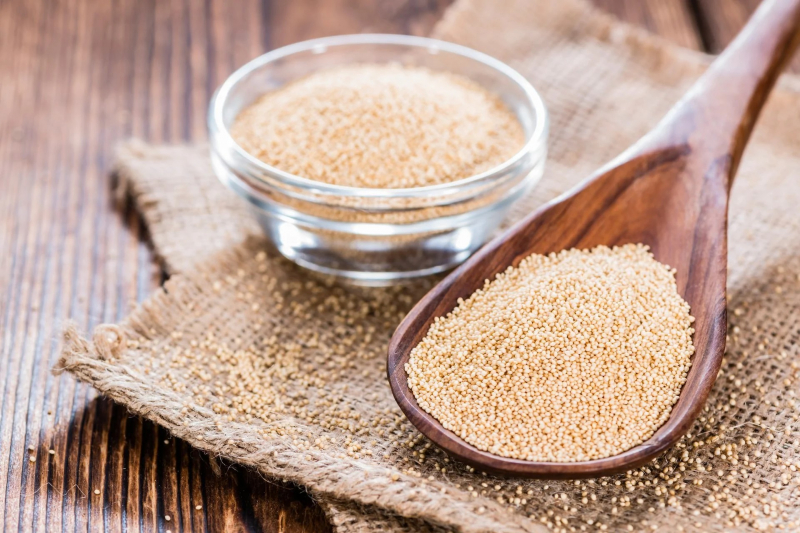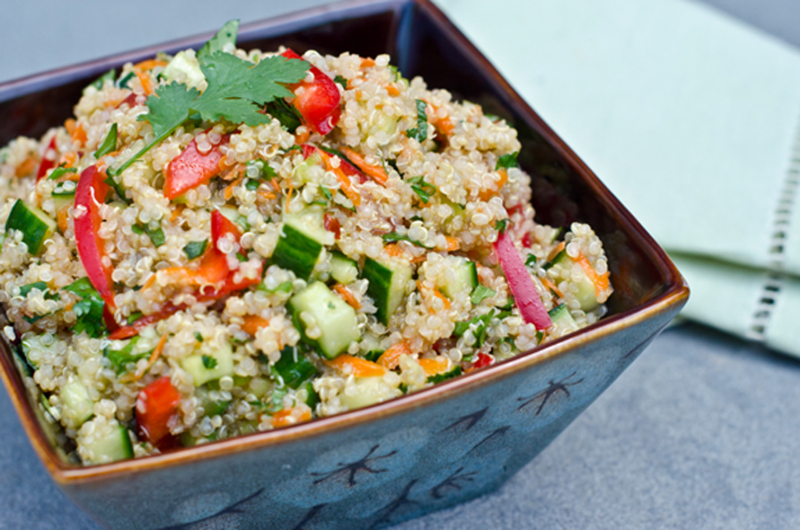Amaranth and quinoa
Although quinoa and amaranth are commonly classified as ancient or gluten-free grains, they do not originate from grasses like other cereal grains. They are therefore technically regarded as pseudocereals for this reason.
Both are seeds, but their consistency and texture; mean that they successfully replicate grains in cooking and baking, and they also both have tremendous nutritional value. They can be cooked or ground into flours, just like more well-known grains. Amaranth and quinoa, which are uncommon among grains and pseudocereals, both offer 8–9 grams of total protein per cooked cup (185 grams). Amaranth and quinoa are also excellent sources of fiber, iron, manganese, phosphorus, and magnesium, as well as complex carbs. Both are complete proteins, meaning they contain all the amino acids your body needs. They are also both gluten-free, so they are safe for celiacs and those with gluten intolerances.

















